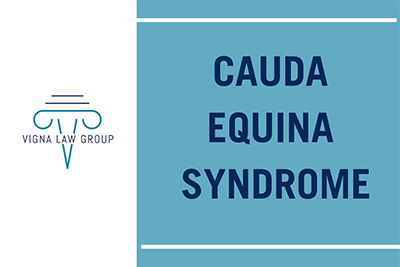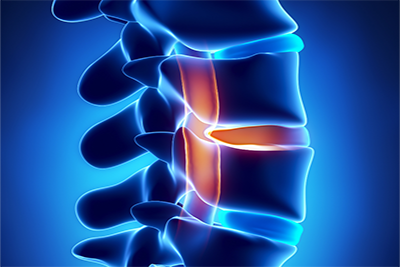“We are investigating pediatric burns caused by instant noodles. Burn injuries can lead to lifelong physical and psychological injuries. These are product liability cases. The packaging design is implicated as a potential cause of these injuries that include the bowel or cup that is composed of flimsy materials and has a narrow base of support that contributes to spills” … Greg Vigna, MD, JD, Vigna Law Group.
Vigna Law Group: We are Investigating injuries caused by Nissin Foods Co. Inc., Maruchan Inc., Cup of Noodles, and Maruchan, Inc., including Instant Lunch.
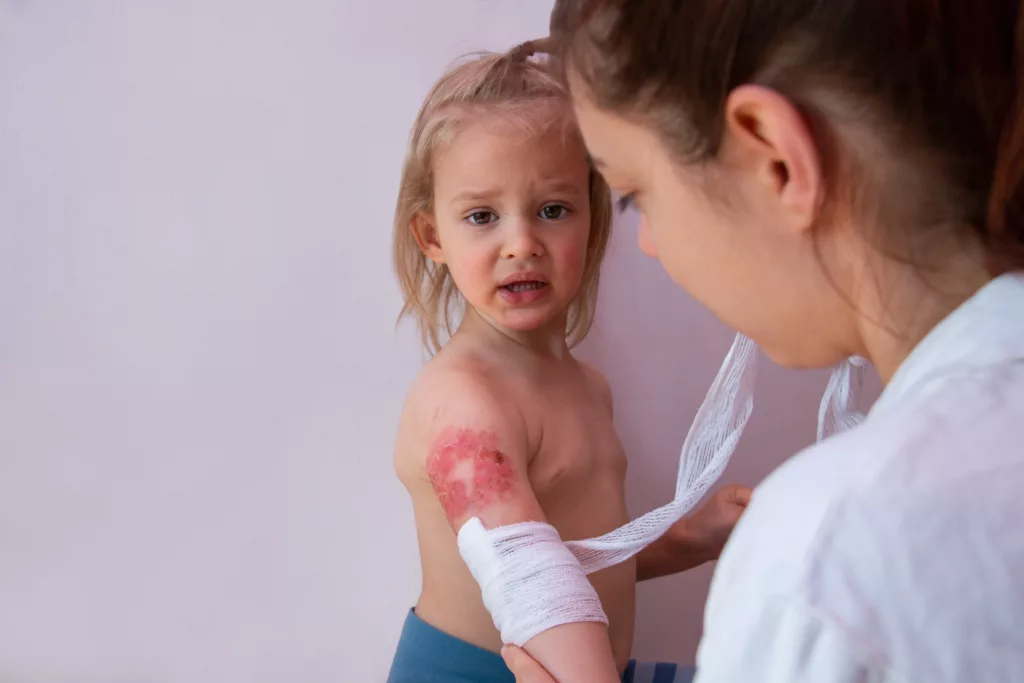
What do the authors from the University of Chicago say about 790 pediatric scald burns between 2010 and 2020?
- “Burns from instant noodles are common”
- “Among 790 pediatric scald burns, 245 (31.0%) were attributed to instant noodles”
- “The most common locations for both instant noodle and non-instant noodle burns were …anterior trunk…followed by thigh…and then head”
- “While less severe than other scald burns in this series, instant noodles injuries still demonstrated a need for hospitalization and operative intervention.”
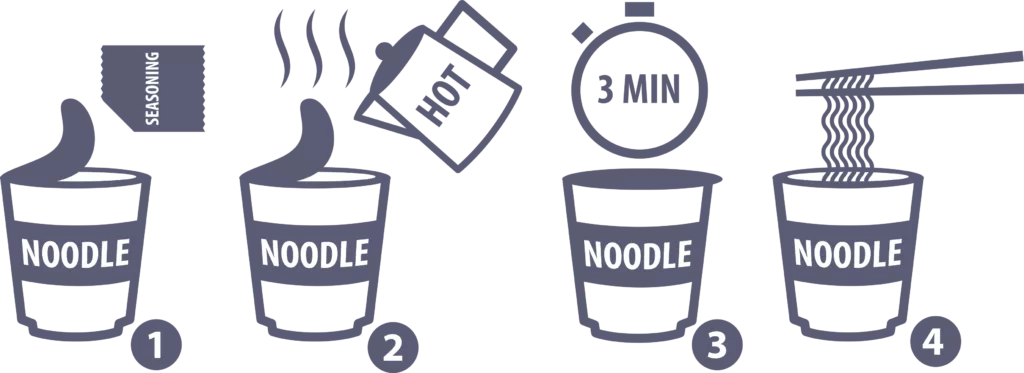
Don’t Delay. Contact Us Now.
Instant noodles stick to the skin allowing for direct and ongoing contact of a longer duration than typical scald burns that occur with splash and spill-type injury mechanisms. Some noodle soup cups tip more easily than others. We represent the most injured from Cup of Noodle scald burns.
Scald Burns:
Scald injuries from instant noodles are common and there are approximately 25 children per day being evaluated in the United States daily. The severity of injury depends on the temperature the skin was exposed to and the duration of exposure. The hottest tap water is 120 degrees Fahrenheit and this exposure requires approximately 5 minutes to produce a third-degree burn or full-thickness skin loss. Coffee is served at around 160-180 degrees and can cause immediate full-thickness injury upon contact.
Children are most at risk for scald injuries because of age-related decision-making, and impairments in coordination and strength that make them at increased risk of spilling hot liquids.
Scald Burns Management Principles:
The goal of scald management is to allow healing with as little scarring as possible. Complications of scalding include cosmetic injury that may include injuries to surrounding tissues that can require extensive scar release and reconstruction.
Burn Severity Determination:
Treatments and outcomes related to a scald injury are determined largely by the burn depth and can be best described by the following terminology by the International Society for Burn Injuries:
- Superficial burn injury (First Degree Burns)
- Partial-thickness burn injury (Second Degree Burn)
- Full-thickness burn injury (Third Degree Burn)
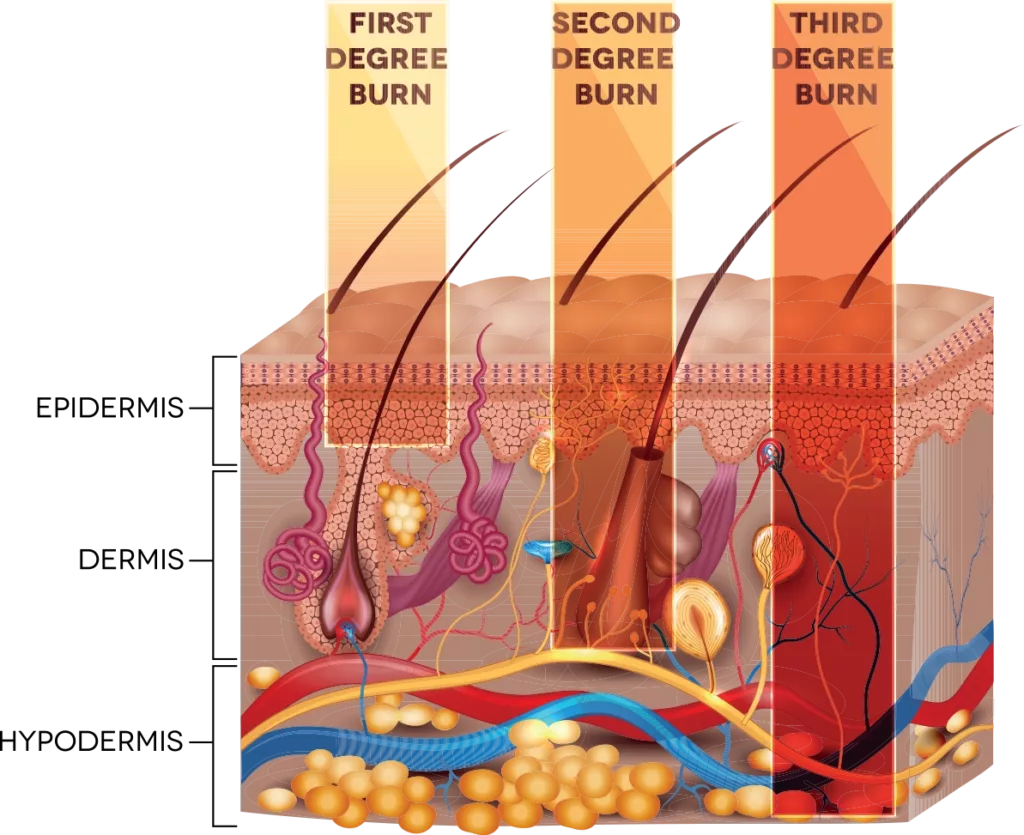
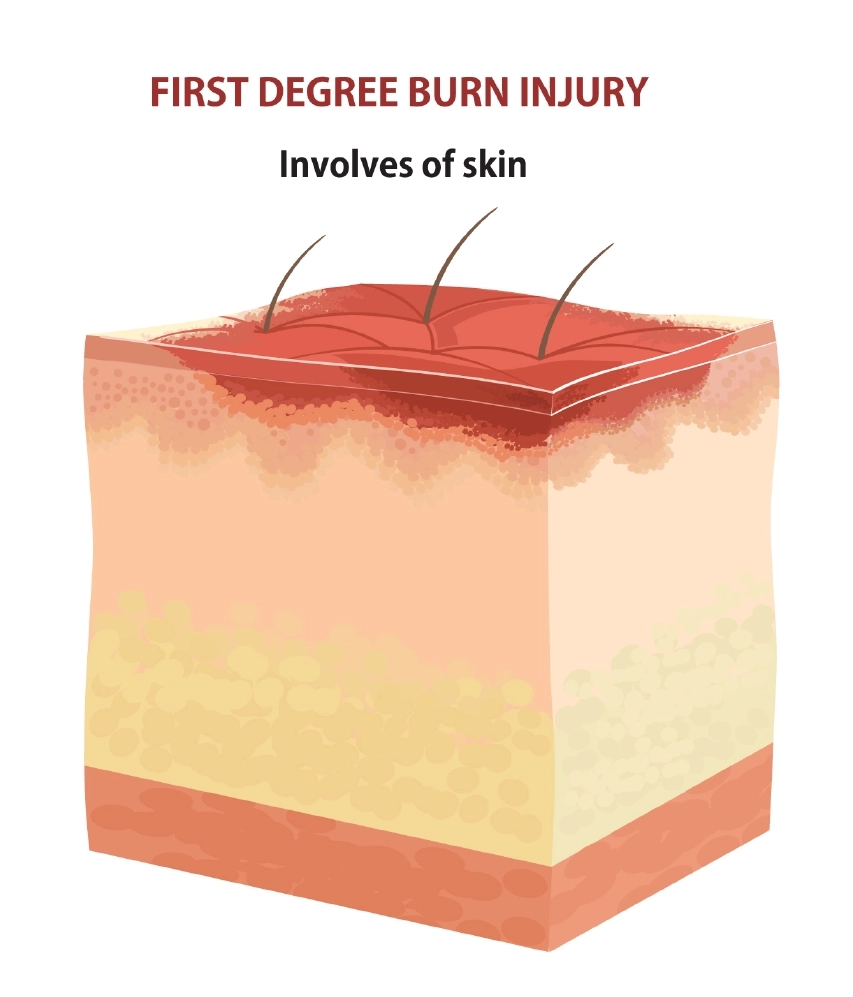
Superficial burns, which may be referred to as first-degree burns, affect the epidermis only. They are dry, red, blanch with applied pressure, and are painful. There is no blistering.
Partial-thickness burns which may be referred to as second-degree burns extend into the dermis and are further classified as superficial partial-thickness burns or deep partial-thickness burns. Management and outcomes are vastly different between the two.
Superficial partial-thickness burns are limited to the upper layers of the dermis and generally heal without skin grafting. These tend to be associated with blisters that once unroofed will have a pink, moist base, and are painful.
Deep partial-thickness burns involve the deeper dermis and the dermal appendages which include glands and hair follicles and may require excision and skin grafting.
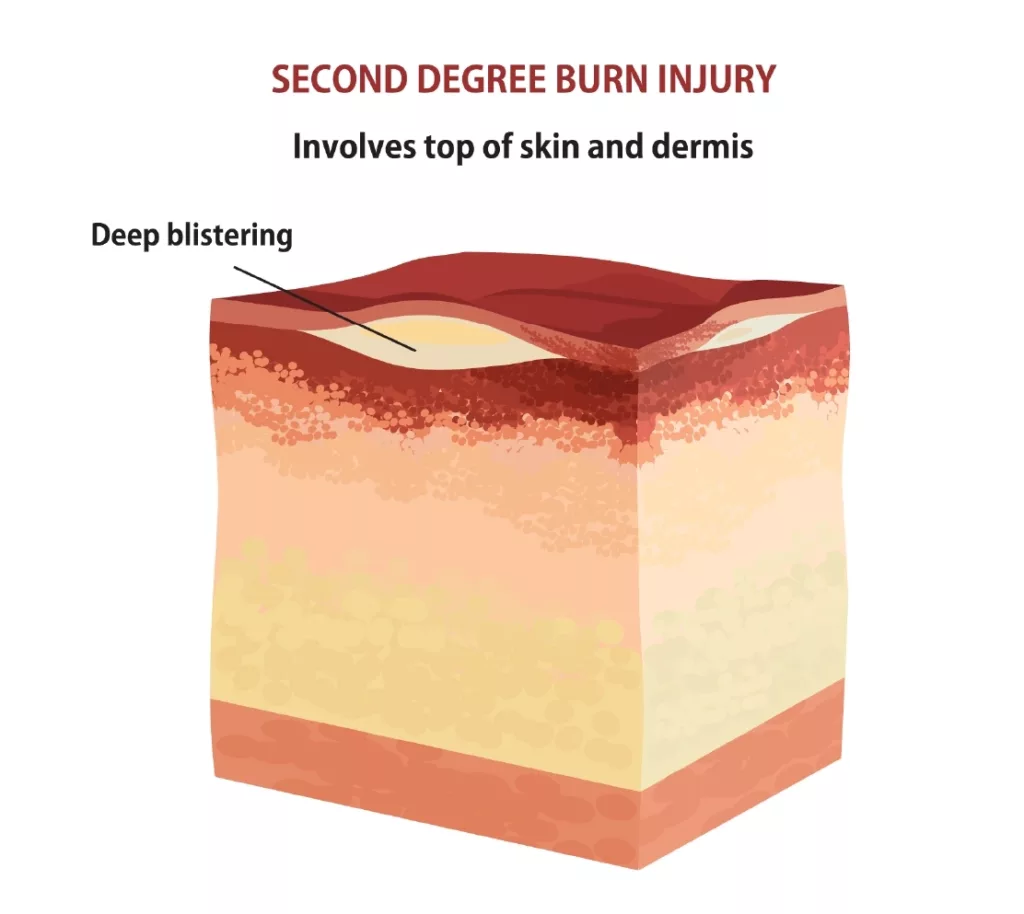
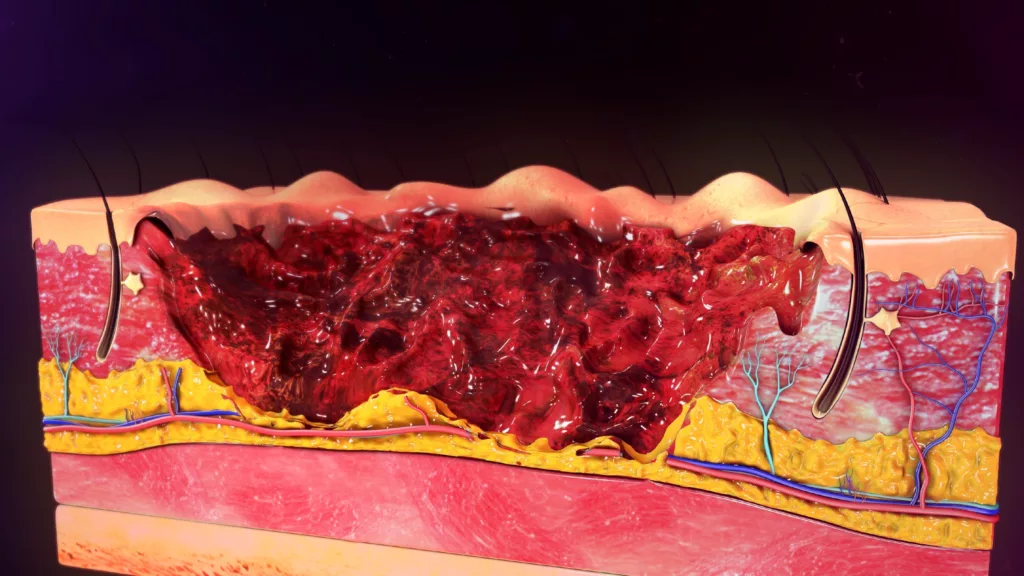
Full-thickness burns, which may be referred to as third-degree burns, are full-thickness burns that extend through the dermis. These appear to be dry, appear as white, brown, or black, feel like leather, and are without pain. These will require excision and skin grafting.
American Burn Association Burn Center Referral Criteria include:
- Partial-thickness burns greater than 10% of total body surface area
- Burns that involve the face, hands, feet, genitalia, perineum, or major
- Third-degree burns in any age group
- Burned children in hospitals without qualified personnel to manage
- Burn injury in patients who will require special social, emotional, or rehabilitative care.
Management of Scarring:
Scald injuries are usually partial thickness injuries and are either superficial partial or deep partial thickness injuries. It is well recognized that burn depth and healing time are associated with hypertrophic scarring and that scalds that heal before 21 days are at low risk of developing hypertrophic scarring.
Experienced physician examination is necessary to identify those at substantial risk of hypertrophic scarring and intervening early to prevent this complication. Some surgeons advocate pressure garments, massage, and silicone. Others graft areas that are not healed at 21 days, while others surgically intervene earlier when hypertrophic scarring can be reasonably anticipated because of the location, size, and depth.
Conservative treatment options include scar massage and compression dressings including physical and occupational therapy. Scar revision surgery is usually provided after six to twelve months as there is usually improvement of scars and should be provided after the scar has matured. Laser therapy is a first-line treatment for reducing scar formation. Laser therapy works by destroying collagen and stimulating new formation.
Autologous fat grafting may be necessary in the treatment of hypertrophic scarring. Expander treatment is also an option that may benefit those with scalp, face, chest, or extremities scarring.
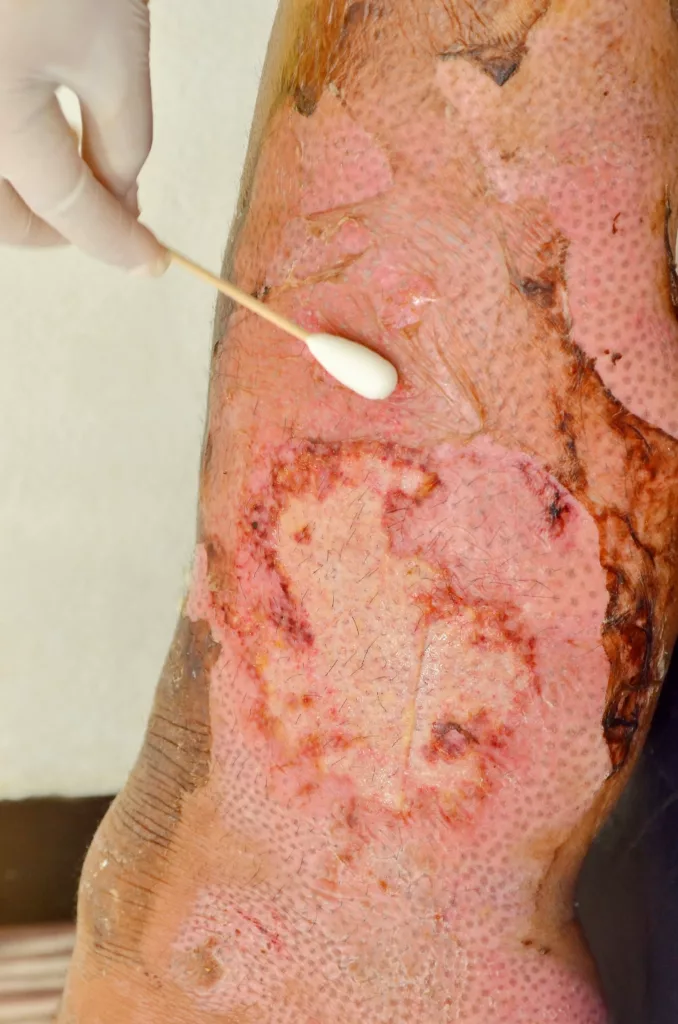
IN THE NEWS…
Vigna Law Group: Cauda Equina Failure to Timely Diagnose and Treat
Cauda equina syndrome causes compression of the spinal nerves. It's a neurological emergency that must be identified and fast tracked to the operating room. “The failure to timely diagnose and treat acute cauda equina [...]
Vigna Law Group: Missed Spinal Cord Injuries…How and Why
Dr. Greg Vigna comments on hospitals' failure to diagnose spinal cord injuries, leading to catastrophic repercussions for the patient. “Approximately 50% of patients who sustained a spinal cord injury that were misdiagnosed by hospital [...]
Red Flag Warning: Subacute and Acute Cauda Equina Syndrome
In practice, many patients with CES have presentations that are chronic or subacute that are indolent and often overlooked by careless medical providers. Acute cauda equina syndrome (CES) is a neurosurgical emergency that requires [...]
1 Shen, Nathan, et al. Pediatric instant noodle burns: A ten-year single center retrospective study. Burns 49 (2023): 1467-1473.
2 Allen, Figueroa, et al. Pediatric Scald Injuries Sustained From Instant Soup and Noodle Products. Clinical Pediatrics 2021, Vol. 60(1): 16-19.
3 Guidelines for Burn Patient Referral. American Burn Association. https://ameriburn.org/resources/burnreferral/
4 Grabb & Smith: Plastic Surgery. Chapter 21. Gillenwater and Garner. Thermal, Chemical, and Electrical Injuries.

